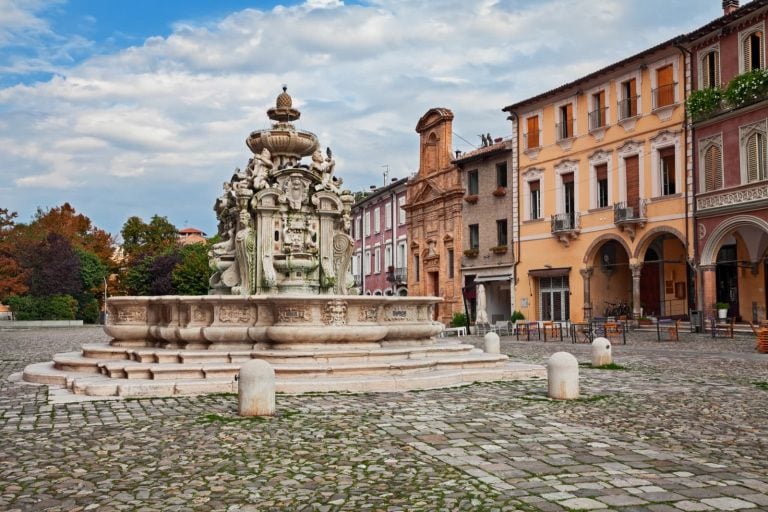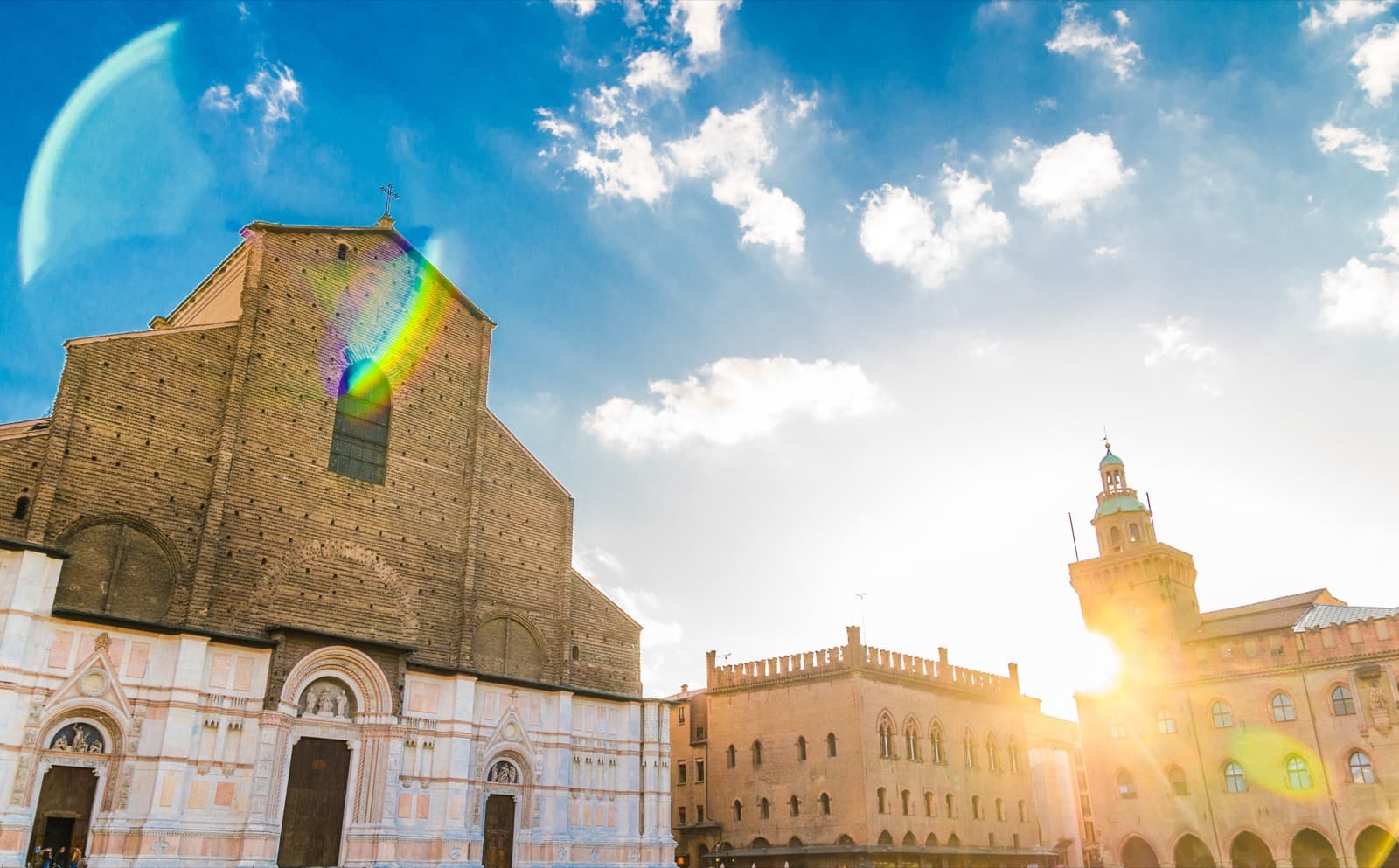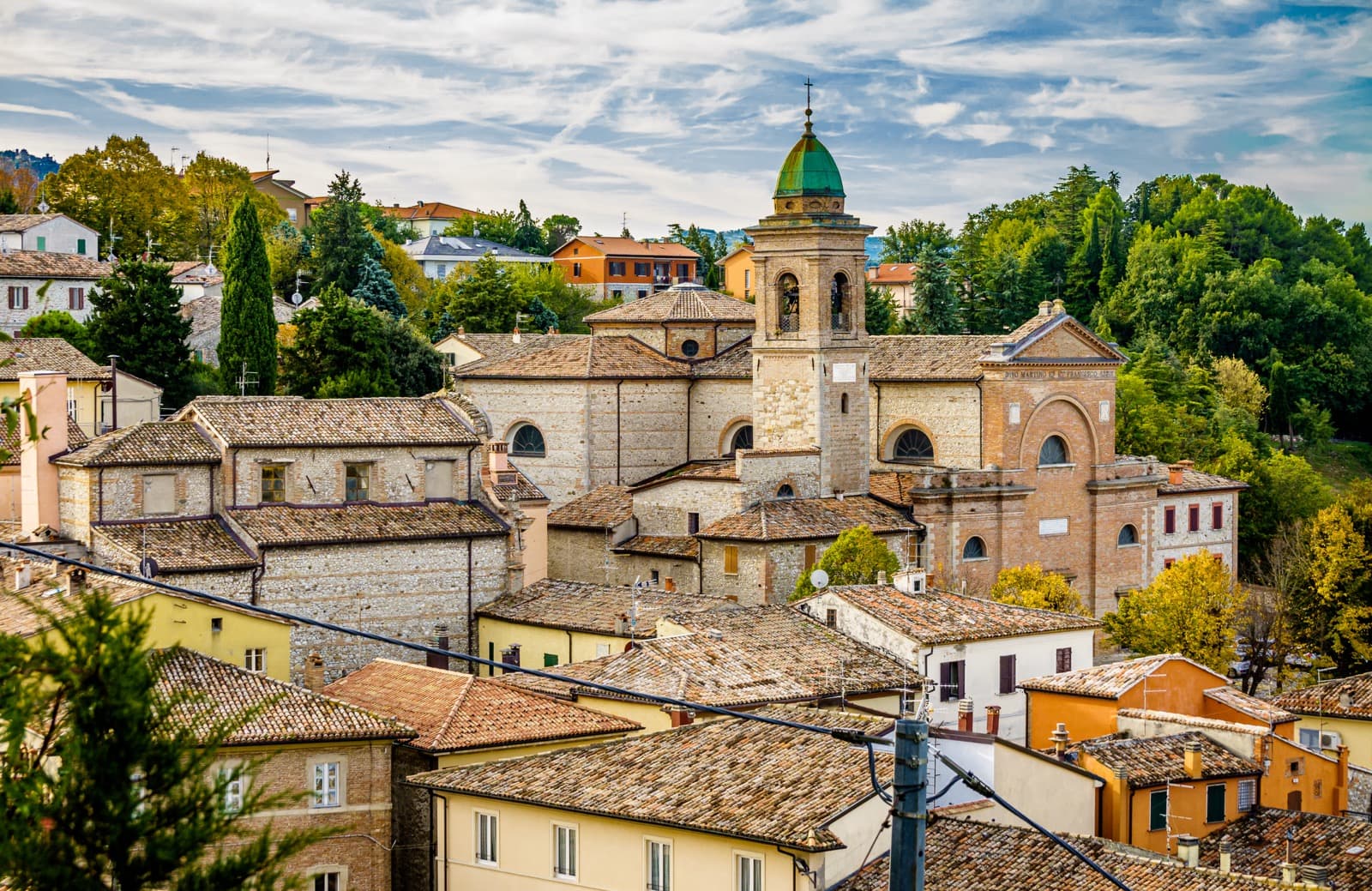Organising a weekend with children can be challenging. Finding the right destination that intrigues them and holds their attention requires some preparation, but time is always too short.
This is why we have created a series of articles about child-friendly Emilia-Romagna, with many ideas for spending a fun weekend in our region from Bologna to Modena and from Cesena to Rimini.
Today we take you to the capital of mosaics, Ravenna – a splendid city of art that knows how to fascinate young and old – and its surroundings for a tour of art, small villages and nature.
Ravenna and Classe
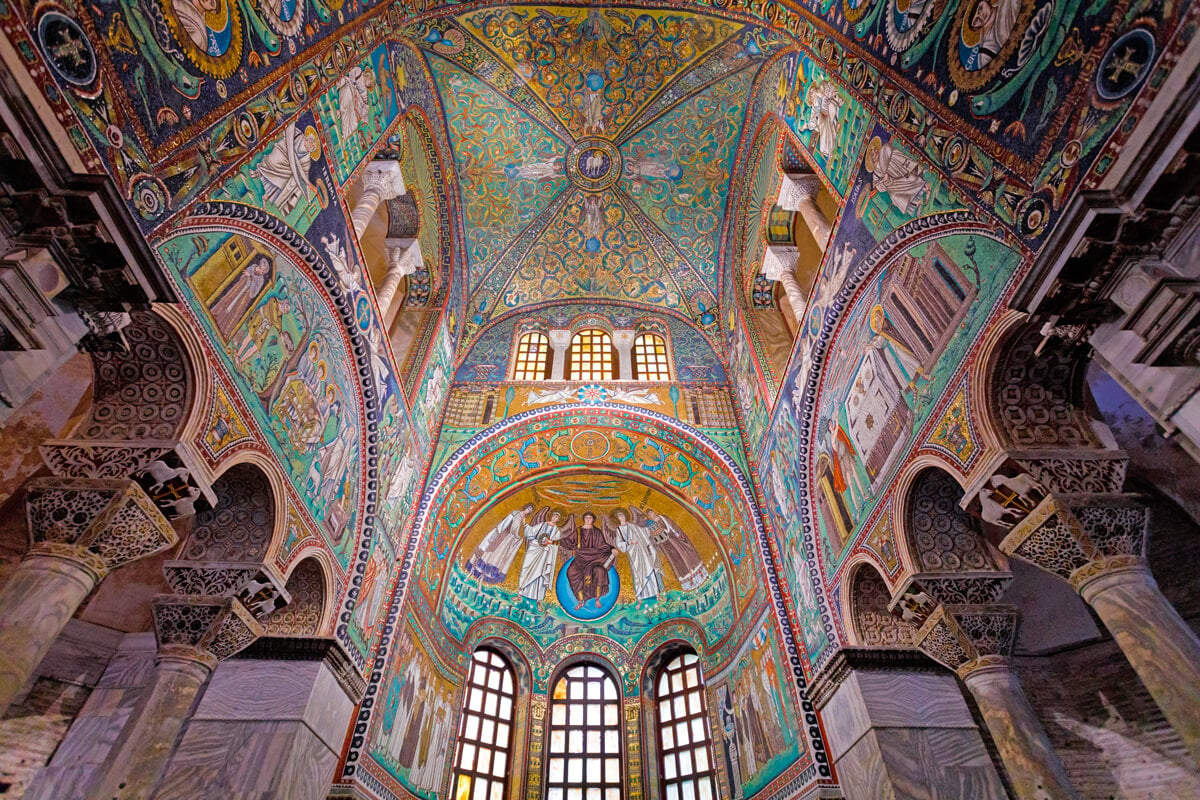
If you are planning a trip to Ravenna, especially if it is your first time, you cannot miss a visit to its early Christian and Byzantine monuments that have been declared World Heritage Sites by Unesco.
Eight buildings that will leave you breathless for their wonderful mosaics dating back to the 5th and 6th centuries A.D. and showing evidence of the noble past of the city. The best known monument is the Basilica of San Vitale – does the name ring a bell? – with its mosaic cycles mentioned in all art history textbooks, from which we recommend you start your visit. The ticket is combined and provides concessions for younger children.
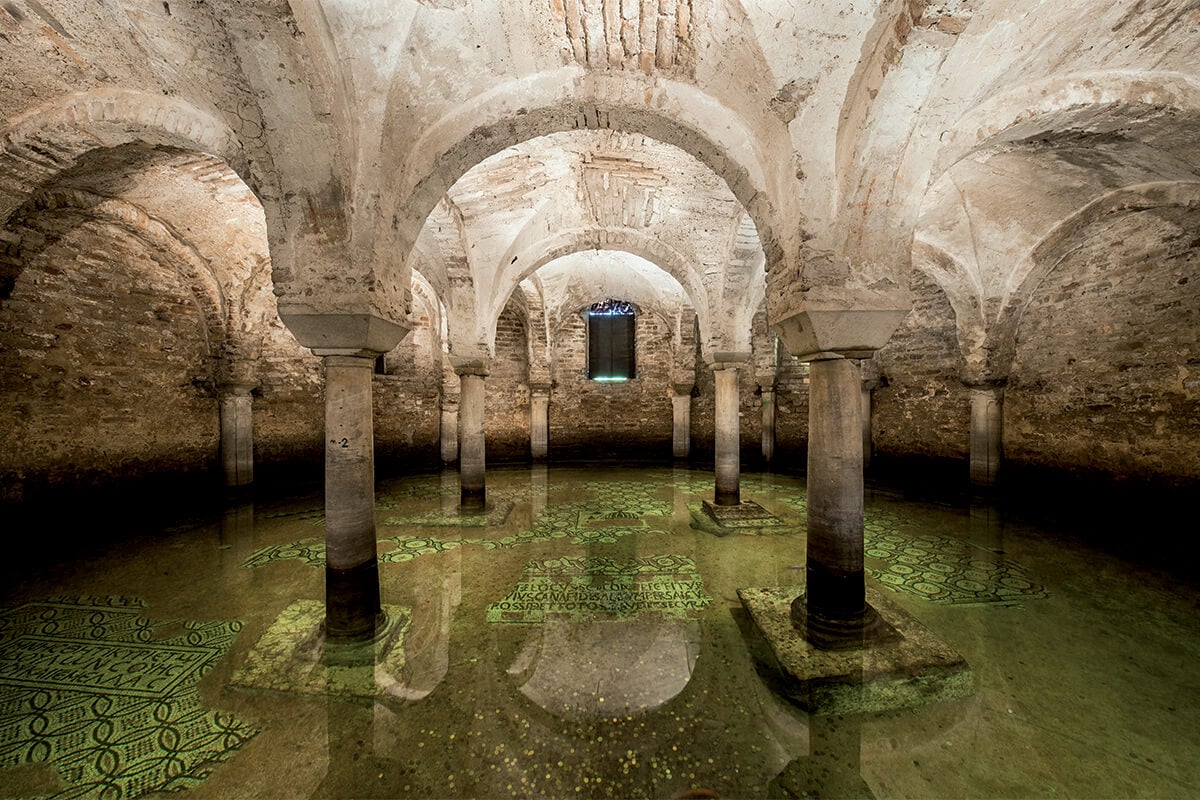
But Ravenna’s centre is not just a treasure map in which to hunt for the most beautiful and colourful mosaics. Strolling through its alleyways you might come across another interesting basilica that holds a little secret. It’s the Basilica San Francesco, probably visited by Dante Alighieri himself during his stay in Ravenna.
Once inside the church, head for the crypt under the altar, but beware: you are not allowed to visit it! Embellished with a mosaic floor, the room is constantly under water due to the phenomenon of subsidence (the lowering of the ground level), which allowed for the creation of an artificial pool where goldfish happily splash around.
Speaking of lunch breaks, a stone’s throw from the central Piazza del Popolo is the Mercato Coperto, the old city market recently reopened following extensive restoration. Inside, you can discover the flavours of Ravenna cuisine while comfortably seated at the restaurant, or stock up on typical products to be tasted all together once back home.
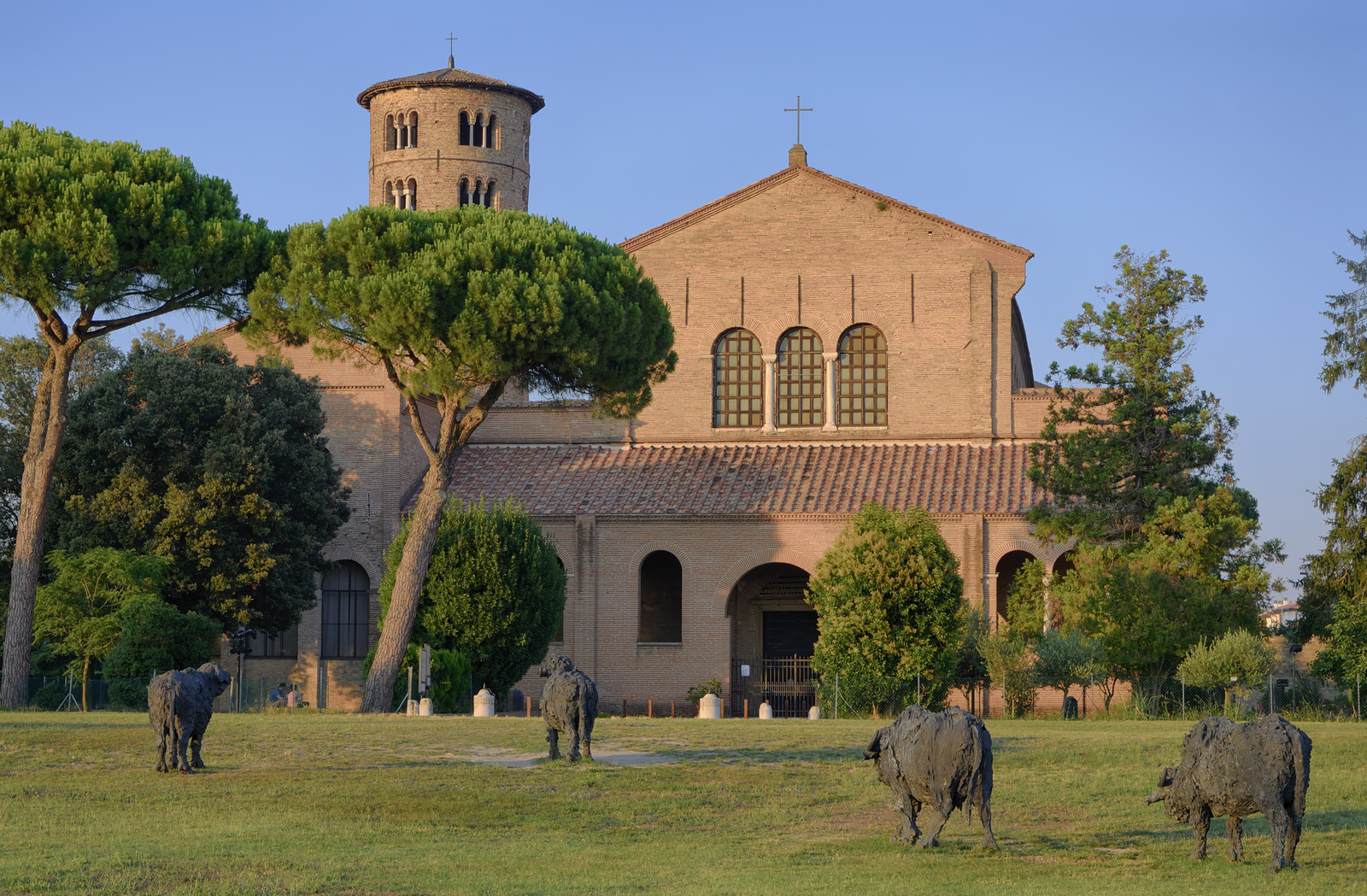
Let’s now continue our journey towards the last stop of our day in Ravenna, the city’s ancient Roman port. In Classe we stop for a while to admire the splendid mosaics of the Basilica of Sant’Apollinare in Classe, depicting the patron saint of Ravenna. Before entering, however, some sculptures are likely to have caught your eye. The placid bronze buffaloes by artist Davide Rivalta are scattered in the lawn in front of the basilica, waiting for the inevitable photo opportunity.
Before leaving Classe do not forget to stop at the Classis Ravenna archaeological museum for an interactive journey through the thousand-year history of the Byzantine capital.
Mirabilandia Amusement Park
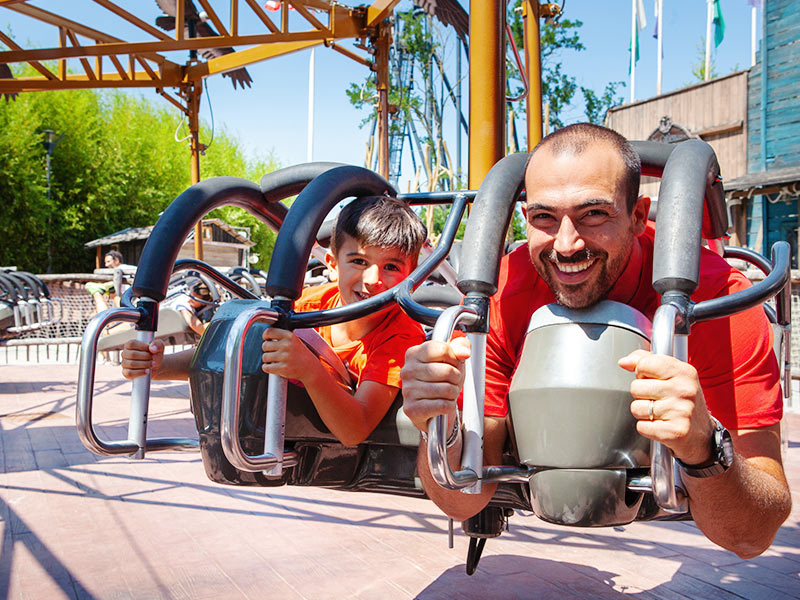
There’s no weekend with children in Ravenna without a trip to Mirabilandia, Italy’s largest amusement park. Age doesn’t really matter here, just have fun and try out the park’s many attractions, from the most to the least extreme!
In addition to the attractions, Mirabilandia offers a full programme of events and animations for families, as well as some themed areas such as Bimbopoli, dedicated to children, Route 66 inspired by the American dream, and Ducati World, which includes a driving simulator.
In summer, you cannot miss a visit to Mirabilandia’s water park Mirabeach. It is the perfect place to cool down among swimming pools and breathtaking slides.
Brisighella
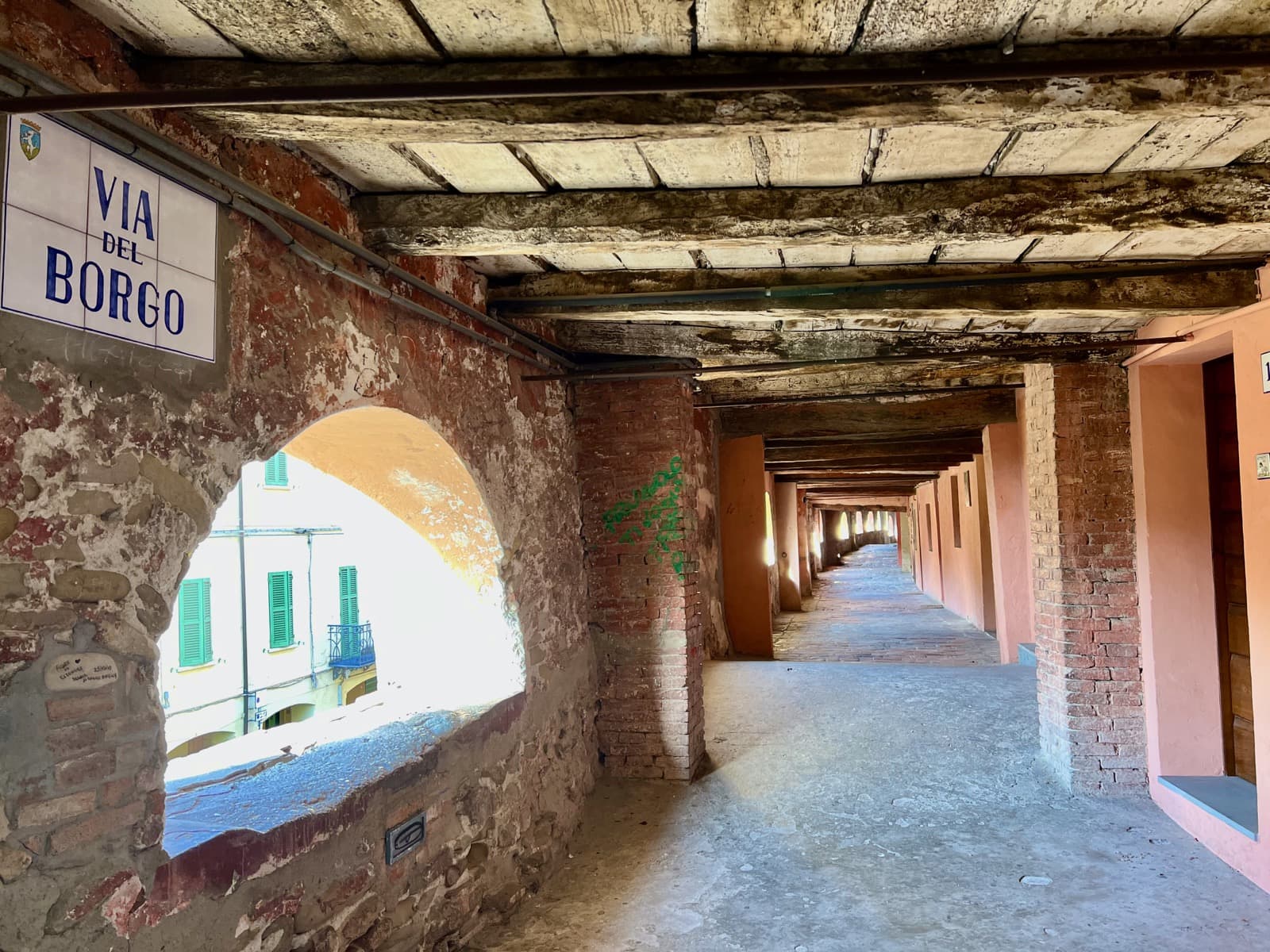
The next stop on our itinerary is the small village of Brisighella – included in the club of the ‘Most Beautiful Villages in Italy’ – located about 50 kilometres from Ravenna. With its fortress, clock tower and colourful buildings, Brisighella promises a real journey into the Middle Ages for the whole family.
Observing the town from afar, the Rocca Manfrediana (home to the Museum of Man and Chalk) and the tower stand out in the landscape, which together with the Monticino Sanctuary rest on the three hills of the town called chalk pinnacles because of the rocks of which they are formed. After a walk in the centre, it is worth climbing up to the fortress (or the tower) to admire the wonderful surrounding landscape, included in the Gypsum Vein of Romagna Regional Park.
Also not to be missed is the Via degli Asini (Donkey Street), whose story will appeal to young explorers. This street in the centre is an elevated path carved out of buildings, recognisable by the arches that open onto the main street. At one time, the street was used by the carters and their trusty donkeys to transport chalk; hence the name it still bears today.
Gypsum Vein of Romagna Regional Park
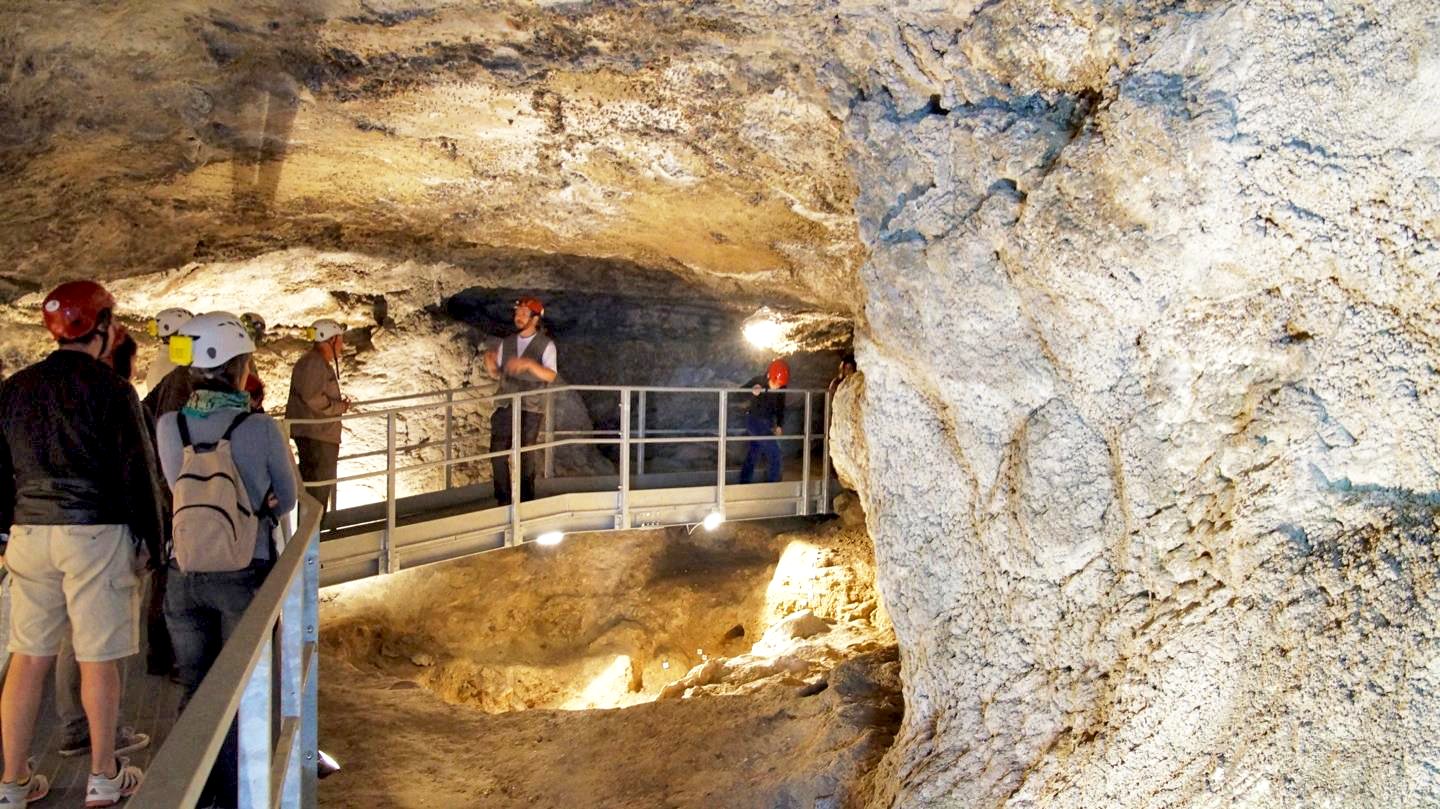
After a total immersion in the history and art of the area, you definitely need a few hours in nature. As we have seen, Brisighella is one of the municipalities included in the Gypsum Vein of Romagna Regional Park, the green area extending between the hills of Imola and Faenza characterised by a spectacular karst landscape, recognized by Unesco as a World Heritage Site.
In addition to the various hiking routes, the park hosts a very special place that will certainly intrigue the youngest, especially the little explorers. This is the Grotta del Re Tiberio (King Tiberius’ Cave), a vast system of natural cavities measuring over 6 kilometres in length located in Riolo Terme, the initial section of which can be visited on a guided tour.
Young speleologists will be able to enter the cave for about sixty metres and have a close look at the niches, seats and troughs carved by man into the rock.
Faenza
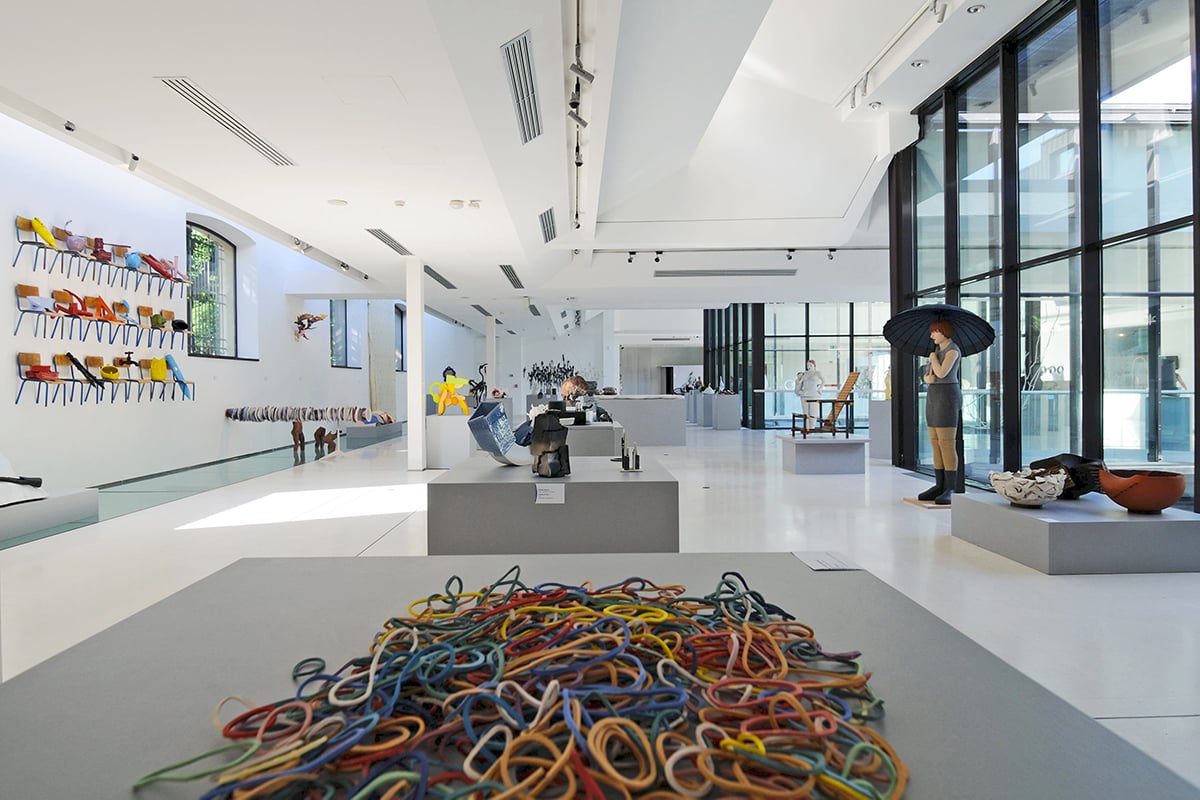
Just a few kilometres separate Brisighella from Faenza, where our journey comes to an end. The elegant town in Romagna owes its international fame to ceramics, to which it dedicates major events, shows and awards every year.
Therefore, it is natural that the city has a space dedicated to this ancient art. The International Museum of Ceramics in Faenza (MIC) represents the most important collection of ceramic art in the world, with a collection boasting over sixty thousand works dating from 4000 years B.C. to the present day.
It is a magical place for children, who can have fun discovering the strangest shapes and colours of vases and works of art from every historical period. The MIC also organises ceramic workshops for children, adults and families, aimed at experiencing first-hand the creation of a work.
Author

Maria Grazia Masotti
An eternal dreamer, but I try to stay grounded. I was raised in the countryside but I love big cities. I’m always ready for a trip, as long as it’s sustainable.
You may also like
Emilia-Romagna for children: Cesena and the Casentinesi Forests
by Elisa Mazzini /// August 24, 2023
Emilia-Romagna for kids: Rimini and surroundings
by Elisa Mazzini /// January 13, 2023

Interested in our newsletter?
Every first of the month, an email (in Italian) with selected contents and upcoming events.

